This is an excerpt from The Food of Love Please feel free to share the images and the post but don’t forget to credit www.cartoonkate.co.uk.
Human beings are a tribal species.
Just as surely as fish swim in shoals and wildebeest run in herds, we have evolved to live in a close-knit, extended family group. There is a common saying in many countries that ‘it takes a village to raise a child’, and if we were living as we were designed to live, at least twenty other people would be actively helping you and your partner to look after this baby.
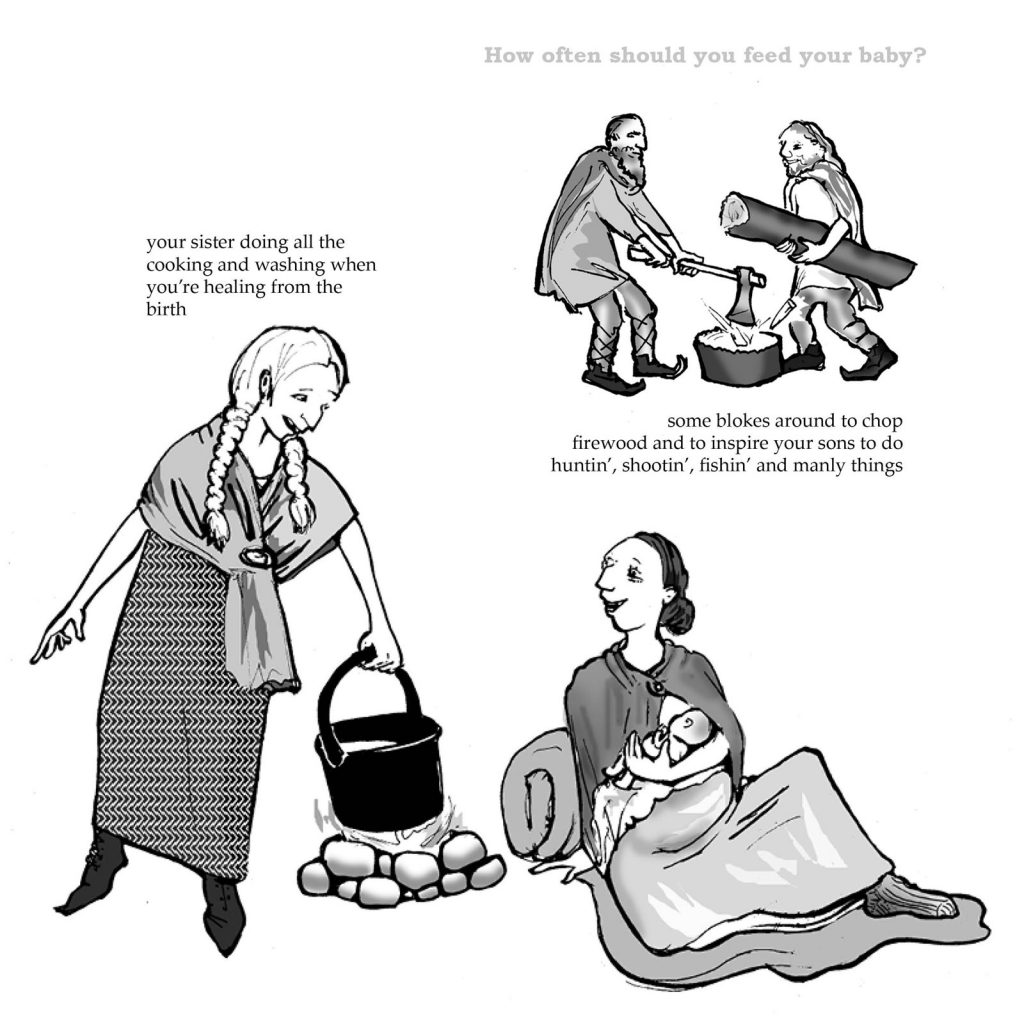
The problem with our modern way of life is that babies prefer human company to plastic, bouncing, rockatotta baby seats. This is why:
Guess which baby yours is descended from?
Human babies are extraordinarily needy.
If our babies were as physiologically developed as, say, a gazelle’s baby, then you would be giving birth to a walking, talking toddler who would be ready for preschool. But we are not gazelles. We walk upright, which means we have a smaller pelvic opening, and we have large brains, which makes for bigger heads. So we have to give birth to our babies when they are still very tiny, and developmentally still pretty helpless.
For most of our evolutionary history, our babies have been carried by loving members of the tribe. Predators were a real risk. Constant carrying kept babies safe. It seems likely that the first clothes humans developed were baby slings, adopted to bind their babies to their hairless bodies.
Mothers weren’t expected to care for their babies on their own.
Human beings and whales are the only species to have a menopause. Every other kind of animal, including chimpanzees, remain fertile until the day they die. Those older, wiser, infertile grandmothers evolved to help us with our needy babies.
So, your baby doesn’t know that she’s ‘meant’ to sleep alone in a cot. She doesn’t know that she really should like the fancy bouncy chair that you spent so much money on. Human contact feels good to her, and she’s going to want lots of it, because that is how babies have always survived.
Assuming that you’re on your own with your baby for much of the day, your baby is likely to want you to hold her for much of the time. Unfortunately, unlike all the relatives and other village members who should be sharing this task, you smell lovely and milky. So, while you’re holding her, she might opportunistically remind you that she’d like a little snack. Therefore, you are likely to do a lot of breastfeeding, possibly more often than the mother with the extended network of impromptu babysitters.
The way that our society is structured makes life difficult for mothers.
Up until the late eighteenth century, family life, home life and work life in Britain were integrated. You worked alongside your children, and they grew up helping you with your tasks. This was still tribal living, with the flexibility for many different people to interact with, and be responsible for the baby over the course of the day. Then came industrialisation. Men went off to the offices and factories. Children were herded off to school. Women were left holding the baby.
Throughout the nineteenth century, most women worked from home and juggled domestic drudgery, childcare, and piecework or laundry to supplement their income. In the late twentieth century, we won the right to go out to work with men on equal terms, and with a stab at equal pay.
But this hasn’t actually made life any easier for the mothers of young babies. Back in the drearily tedious world of the 1950s housewife, women could at least depend on there being other mothers around nearby. Most neighbourhoods consisted of networks of women actively supporting each other in their endeavours.
Nowadays, the vast majority of women work outside the home.
This means that your identity and your social network is likely to be bound up with your job. Once you’ve left on maternity leave, you no longer see a whole swathe of people who are socially important for you. You probably don’t know your neighbours, or because they’re out at work all day, they aren’t around to help. You are likely to have moved away from your parents and sisters so you or your partner can find work. You’re on your own. That’s the problem.
So what do women do to try and manage the impossible job of meeting their own and their babies’ needs alone?
Strict babycare routines have been developed by nursery nurses and other childcare professionals to try and reduce a baby’s dependence on his carers. If you do exactly the same thing at exactly the same time each day, then the baby does expect sleeping and eating to only happen at these intervals. This theoretically gives the mother more time off, but it also ties her into a very rigid pattern for her days.
The guesswork is taken out of parenting. You no longer have to respond to your baby’s cues, instead you simply anticipate everything your baby might need, before he has a chance to ask for it. These routines are designed to be implemented from the first week of a baby’s life. I’m sorry, but you could train a puppy to live in a box if you did it from the first week of its life. That doesn’t make it natural.
If you do opt for a very structured parenting routine, and you want your breastfeeding to succeed (and, let’s face it, breastfeeding isn’t the be all and end all of motherhood, it’s just a healthy, lovely bit) then delay imposing feeding schedules until you have been feeding well for three months.
But there are other ways of raising a baby.
It cuts me up that there are mothers out there who feel they are failing, or that their baby is ‘difficult’ because he doesn’t feed or sleep at the times some book says he should. We’re all different, babies included.
Because babycare routines are so popular, they dominate people’s ideas of how you are meant to bring up a baby. ‘What’s your routine?’ my sister was asked.
‘Er, my mum comes round on a Thursday.’
Plenty of babies survive just fine with very little in the way of a structured routine. Some need nap times, others just fall asleep on the breast. If you have one of those babies who is happy to be hoicked around with you in a sling all day, then you can start to discover some of the advantages of not following a routine with your baby.
I drove a camper van across Spain with my son when he was six months old, and we had a brilliant time. Routine? What routine? When do I next feed my baby? At the next lay-by! My baby slept happily through Spanish fiestas.
I could never count on my son going down in his cot for a set amount of time, while I got on with other things. Instead, he was pretty much always in close contact with me or his dad. It was like there was still an umbilical cord there connecting us. And I really liked it like that. I breastfed him and we carried him and slept with him a lot. It was straightforward and worked very well for me.
When I wanted a break, I recreated those old tribal networks and found a friend to take him for a bit. Many men, in particular, have never had a chance to hold a baby. They won’t volunteer to take yours out of an understandable fear that its wobbly, squashy head might fall off. However, if you plonk the baby on them and explain the basic way to hold it, they can have some lovely baby time, and you can have some lovely not-baby time.
Spontaneous parenting depends on you being more available for your baby than structured parenting, but it brings its own rewards. When you’re breastfeeding easily, and carrying your baby around with you, and if you don’t bother faffing around with breastpumps and bottles and blackout blinds and cots, then you’re a very portable package. So you and your baby can go out and have more fun.
However much structure you and your baby need, the key thing is to be responsive to your baby.
The good news is that, contrary to popular belief, responsive parenting actually makes your job easier. The childcare ‘experts’ told women that if they rushed to pick up their babies, they would learn to cry more. Rubbish. That’s the exact opposite of what actually, initially happens.
If a mother consistently fails to pick up on a baby’s subtle, non-verbal cues, and waits until her baby has been crying for some time before she attends to him, then the baby learns to cry more, and louder, any time he has a need that must be met. Feeling hungry? Don’t waste time hanging around frowning and eating the blanket, no SCREAM – NOW AND FOR AGES – that’s how you get fed. If turning away from that unpleasantly bright sunshine doesn’t work then accompany it with a very loud SCREAM. Straight away.
You can see this in a study that compared mothers of young babies in London and in Copenhagen in 2006. The British mothers tended to respond slowly to their babies. They delayed going to their crying child about forty per cent of the time and the distressed babies were left without contact for up to an hour a day. The Danish mothers promptly answered their babies’ cries, and the total amount of time the babies were left to cry without being held was only about 15 minutes in every 24 hours.
By the time they were just ten days old, the British babies in the survey had learned to cry more. Fifty percent more. That’s a lot. And the British mothers still had to spend just as much time feeding and caring for their babies, so that crying was completely pointless. The effects lasted. Their babies still cried more at five weeks and at 12 weeks of age.
The study only followed the babies up to the age of 12 weeks. Presumably, some of these babies might have gone on to learn that there’s no point in screaming, and stopped. But I hope not.
Responsive parenting is the key to having happy children.
If you regard a child’s needs as unreasonable demands that should be ignored, then that will mess them up emotionally in one of two ways.
Your child could learn to exaggerate their needs to get your attention. Here lies the paradox that people who try and train their children to be independent before they are ready end up with really whiny, clingy kids.
Alternatively your child could learn to swallow his needs, and never to express them. This results in a kind of emotional detachment, where he can never really be in touch with his feelings because deep down, he knows that it is unacceptable to have any.
Does this sound extreme? It has been scientifically verified in laboratory tests.
Attachment theory
Mary Ainsworth, a developmental psychologist, spent a lot of time in the 1960s studying pairs of mothers and babies in Africa and in the US. What she was studying was the quality of the bond between the two, and she paid particular attention to how responsive a mother was to her baby’s cues. From this, she developed the Strange Situation Test. An eleven-month-old baby was briefly left with a stranger in a laboratory, and then his reaction was studied when he was reunited with his mother.
The Strange Situation Test can be used to divide mother/baby pairs into three broad categories of bond or ‘attachment’. Some of the babies were upset when their mother left the room, but when she came back, they accepted comfort from her and quietened down quickly. These babies had mothers who were prompt, consistent and appropriate in their attentions. They could trust their mothers to meet their needs. They played happily. They were ‘secur-ely attached’.
The other babies, the ‘insecurely attached’ ones, reacted in two different ways. Some babies were incredibly distressed when their mother left the room, and when she returned they were angry with her and slow to start playing again. They had mothers who sometimes come to them promptly, but at other times, for whatever reason, just couldn’t sort them out, so they were always anxious about whether she was going to be able to meet their needs. Their negative emotions were exaggerated. They were ‘ambivalently attached’.
And the third group were really worrying. These ‘avoidantly attached’ babies showed little or no emotion when their mother left them. There was no response when she came back either. That level of independence at such a young age is just not good. These babies had learned that their mothers were not around to meet their emotional needs, so they just stopped displaying any. But those feelings were still in there, bubbling away. They couldn’t explore and play as well as the other children. The effort of controlling their emotions didn’t leave them much energy for learning.
Generations of social scientists have had the opportunity to study what happens next to insecurely attached infants. At preschool, the securely attached children turned out to be happy, fun, sociable, popular and intelligent. The anxiously attached kids acted babyish for their age – their extreme mood swings often interfered with their ability to learn. The avoidantly attached children bullied others at school – unable to access their own unhappy feelings, they felt no empathy for the hurt of others.
These children were not being abused. (There is a fourth category, ‘disorganised attachment’ for babies who are actually scared of their carers.) The mothers in all three groups were meeting their children’s needs for food and shelter. Most of the mothers were affectionate, and few were overtly hostile. All these mothers loved their children. They all held their children for about the same amount of time overall. However, there was one big qualitative difference in what they did when they picked their babies up. The mothers of the insecurely attached babies never picked their babies up when the babies signalled that they wanted to be held.
More than a third of babies in the UK and in the US can be classed as insecurely attached.
Four in 10 infants lack strong parental attachments
These babies grow up to be adults who have problems with work, with relationships, and with their mental health. As a society, we are massively failing to raise emotionally well-adjusted children. And still, mothers here are isolated, unsupported, and encouraged to ignore their hungry babies for hours at a time.
You have nothing to lose, and everything to gain by being as responsive to your baby as you can. Try to keep the attitude that it’s OK, your baby is OK, he’s allowed to cry and be demanding, and yes, it’s difficult, but that’s not your baby’s fault. Take support where you can. Don’t be afraid to ask for help. It’s normal to think that because it’s so hard, then you must be doing something wrong. But babies are also amazing and wonderful, and they don’t stay babies for long.
You can experiment with ways to make it easier for you too. You’ll probably have to at some point – if not with your first child then certainly with your second.
Check that your attachment and positioning is good.
A baby that is latched on well is feeding most efficiently. Sometimes you can feel the ‘draw’ as milk is drained from the breast at the beginning of a feed. Offer both breasts at each feed to let her fill herself up as much as she can in one go. Try breast compression if you’re irritated by her feeding slowly. If you still feel that your baby is feeding excessively, get your breastfeeding evaluated by a specialist. She will be able to offer you practical advice tailored to your situation.
Once your breastfeeding is established, it becomes more flexible. If you spend three months feeding your baby lots, then your milk won’t dry up if you introduce the odd bottle of formula. (There’s more about mixed feeding later in the book). Try expressing milk so someone else can feed her if you want to experience the giddy feeling of lightness you get when you leave the house alone. Both these strategies make breastfeeding easier for some mothers. Other women find exclusive breastfeeding easier because they don’t have to sterilise anything.
Your milk supply will work best if you feed your baby until she finishes her feed herself. However, this isn’t always practically possible. Start off with this policy and find out for yourself how much breastfeeding your baby is capable of! Then once you are confident about the dynamics of breastfeeding and can see that she’s gaining weight, you can experiment with cutting feeds short. One way to gauge this is to look at her little arms. She might start the feed with them all scrunched up, holding or sometimes pummelling the breast (which actually massages it and increases the milk flow – clever thing!). Then she’ll settle down to the long business of obtaining nutrition. Her arms will gradually lose their tension, and start to drift away from your breast. Once they’re down by her sides, you can assume she’s pretty much done. Switch her to the other breast if she wants it – if not, hooray! put her down and creep away…
It’s still a good idea to let her finish some feeds herself. Particularly if there’s something good on telly.
How often should you feed your baby?
A lot.
You can’t overfeed a breastfed baby. She can be as fat as a piglet and still be totally and utterly, completely healthy. ‘Strue.
Food of Love, The: Your Formula for Successful BreastfeedingHi
£16.00
A topical, refreshingly different approach to breastfeeding successfully. Features honest discussions about childcare and lots of fantastically funny illustrations.
Kate Evans’ brilliant cartoons offer hope and inspiration. And they’re funny, too. The Independent
My Shopping CartDescription
A topical, refreshingly different approach to breastfeeding successfully. Features honest discussions about childcare and lots of fantastically funny illustrations.
- Paperback: 208 pages
- Publisher: MYRIAD EDITIONS; 2nd edition (6 Nov. 2008)
- Language: English
- ISBN-10: 0954930959
- ISBN-13: 978-0954930950
- Product Dimensions: 21 x 1.6 x 21 cm
Kate Evans’ brilliant cartoons offer hope and inspiration. And they’re funny, too. The Independent
‘I love your book! Very well-written and researched and great drawings too.’ — SUE GERHARDT, author of Why Love Matters: How Affection Shapes a Baby’s Brain
‘Vibrant, exciting, funny – there’s really nothing else like it. It’s so honest and based on up-to-date research.’ — SHEILA KITZINGER
This book is meant as a funny, handy guide to help new mothers enjoy their baby and is a valuable addition to the existing literature on the emotive subject of breastfeeding. The book is easy to read and… includes numerous pictures to look at if you are feeling too tired or brain-dead to read. It is a fun way to present the advantages of breastfeeding, yet Kate Evans has also included the latest facts and research surrounding breastfeeding… The Food of Love will meet the needs of many new mums and is likely to be of use to breastfeeding counsellors, antenatal teachers, midwives and health professionals. — New Digest NCT Newsletter
£16 with free postage within the UK – add £5 for postage to outside the UK.
I sign all the books I send out. It’s nice to add a personal dedication though, so please let me know what name to write using the form below:
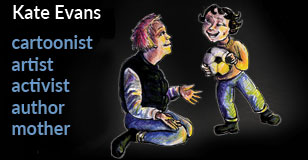
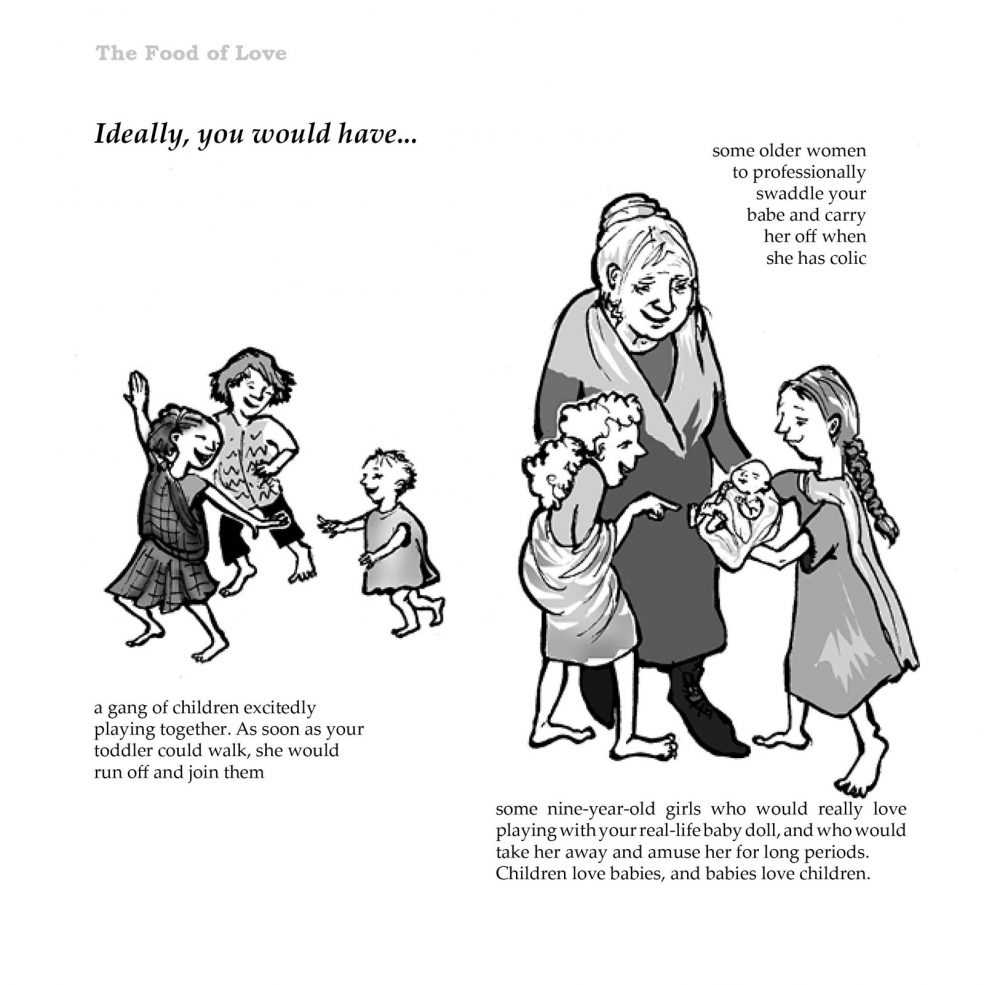
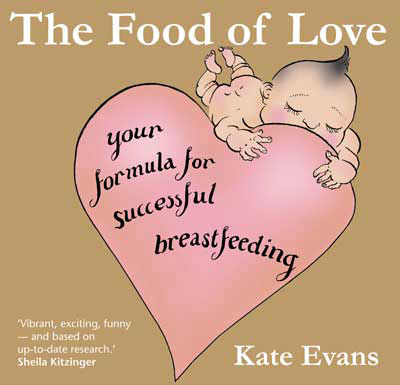
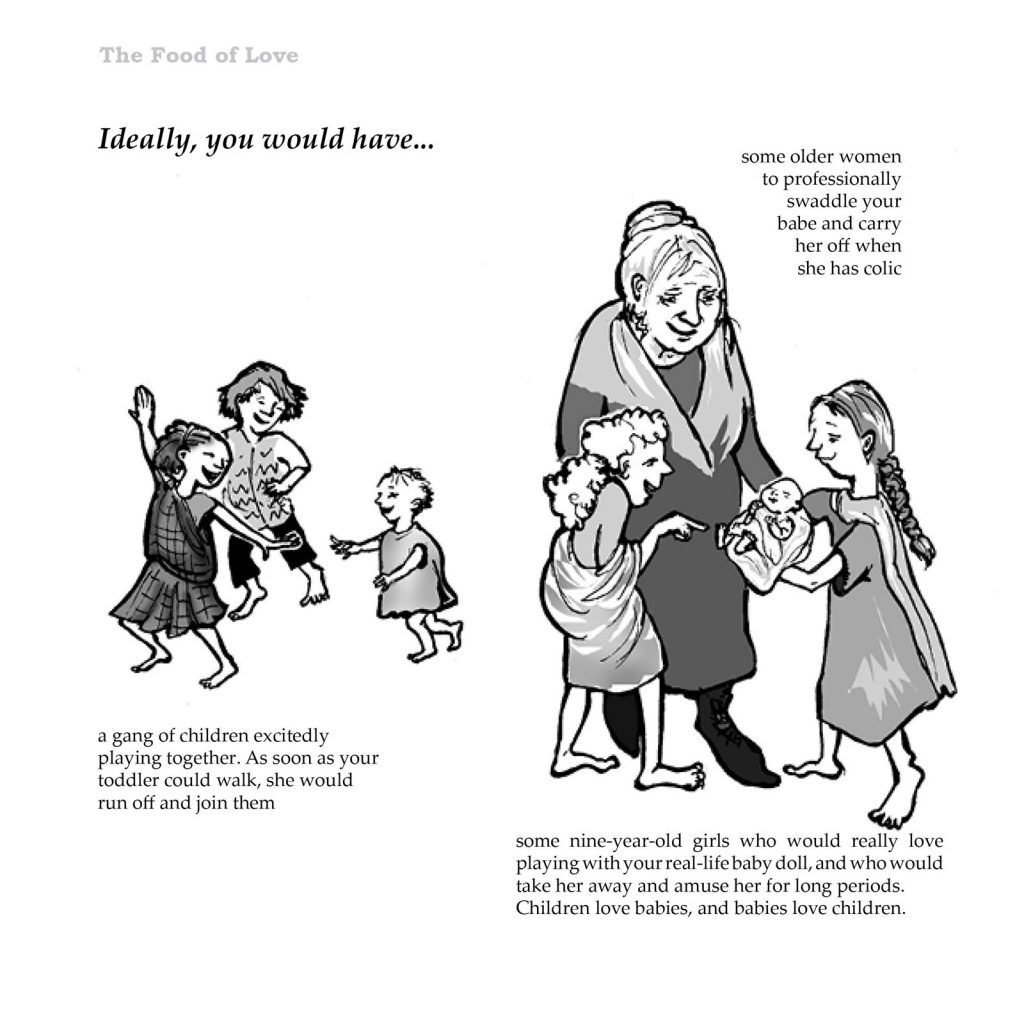
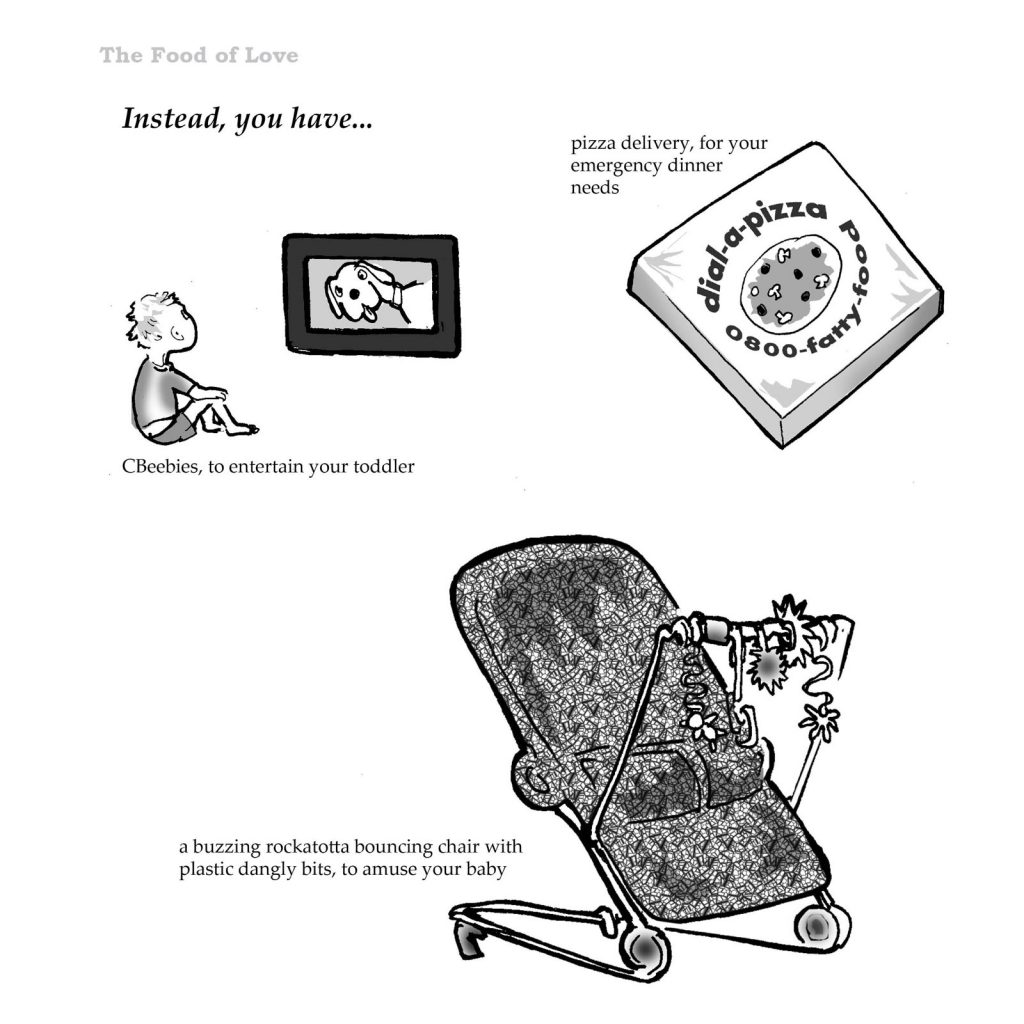
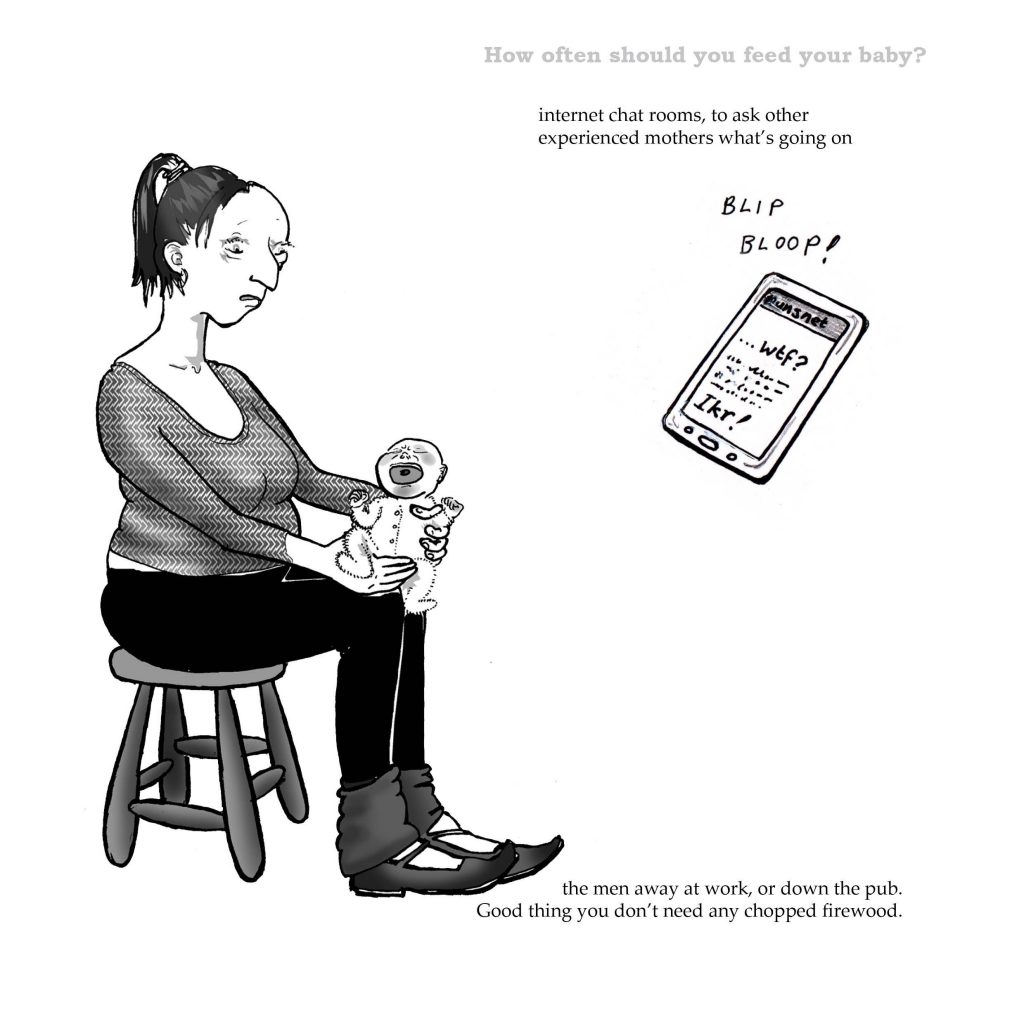
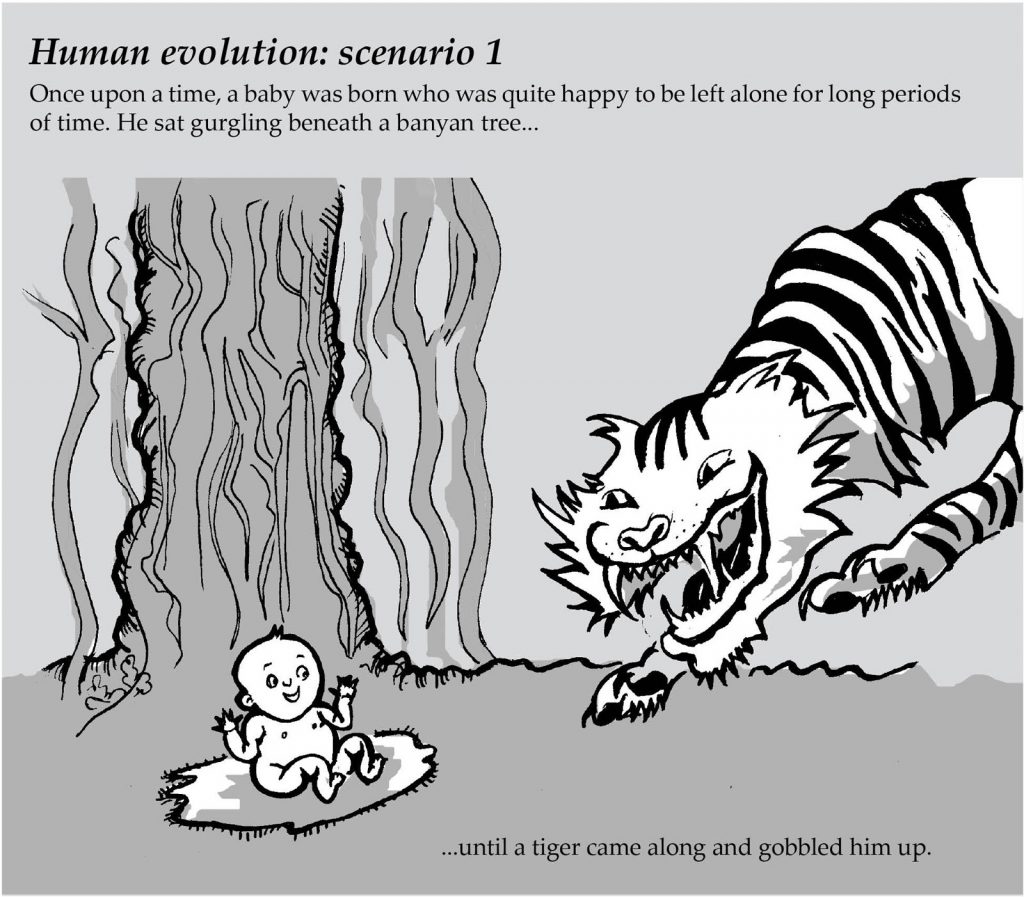

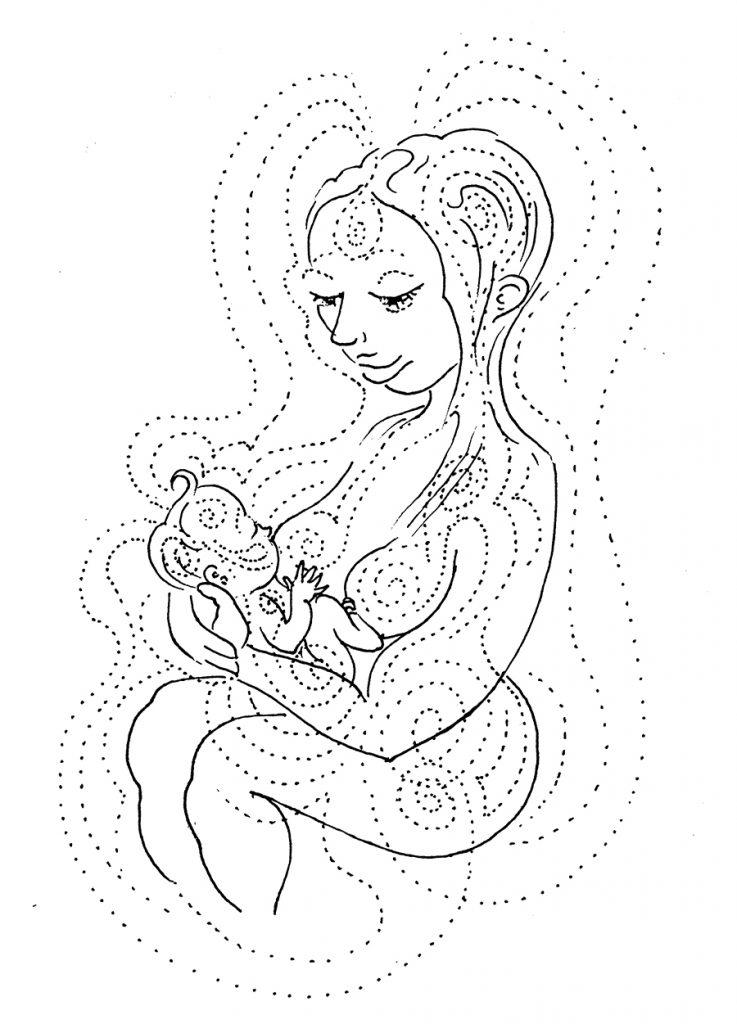

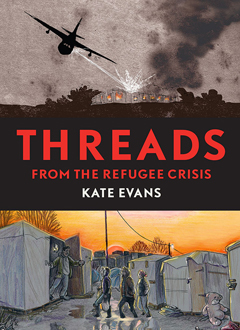



holly Padfield-Paine (verified owner) –
Catherine (verified owner) –
Kate, your books rock! Not only that, but my order arrived very quickly too 🙂
Cartoon Kate –
This surprises me, as I am very slack at posting them!
Isla (verified owner) –
Very happy, such a great book and arrived quickly.
Marian (verified owner) –
My absolute favourite of all books on being a new parent and having a new baby. So much useful information and such a sane approach